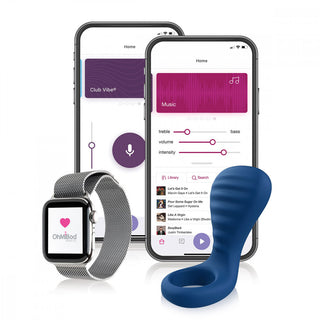Best Sellers
If you're looking to deepen your connection or spice things up this Valentine's Day, these crowd favorites have consistently delivered.
Let's Explore Together
HighOnLove The Minis Pleasure Collection
- Unit price
- /per
Description
Proof that the best things come in small packages. Treat yourself (or someone special) to the ultimate in sensual pleasure with this covetable set of HighOnLove® bestsellers, all blended with premium hemp seed oil. Relax and nourish skin with the Lavender & Honey Sensual Bath Oil, indulge in a lover’s massage with the Strawberries & Champagne Sensual Massage Oil, then elevate your foreplay with the plumping and tingly-sweet Lip Gloss for Couples.
Take your climax to new heights with the award-winning HighOnLove Stimulating Oil and a CalExotics® Mini Wand™ silicone bullet vibe, beautifully bedazzled, USB rechargeable and featuring 10 speeds – ideal for solo use or during intimacy.
Adding product to your cart

















